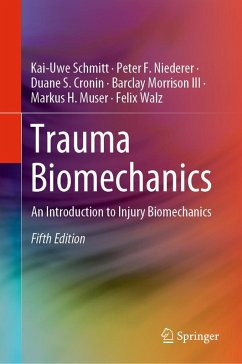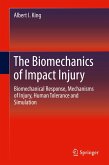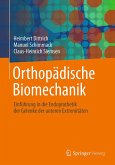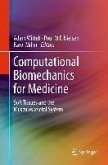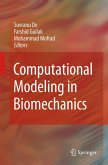This well-established book on injury biomechanics has been extensively revised and expanded for this new edition. It now includes a fundamental treatment of the mechanics at a cellular level, written by the new coauthor Prof. Barclay Morrison III from Columbia University. Furthermore, considerably more attention is paid to computer modeling, and in particular modeling the human body.
The book addresses a wide range of topics in injury biomechanics, including anatomy, injury classification, injury mechanisms, and injury criteria. Further, it provides essential information on regional injury reference values, or injury criteria, that are either currently in use or proposed by both US and European communities. Although the book is intended as an introduction for doctors and engineers who are newcomers to the field of injury biomechanics, sufficient references are provided for those who wish to conduct further research, and even established researchers will find it useful as a referenceguide to the biomechanical background of each proposed injury mechanism and injury criterion.
The book addresses a wide range of topics in injury biomechanics, including anatomy, injury classification, injury mechanisms, and injury criteria. Further, it provides essential information on regional injury reference values, or injury criteria, that are either currently in use or proposed by both US and European communities. Although the book is intended as an introduction for doctors and engineers who are newcomers to the field of injury biomechanics, sufficient references are provided for those who wish to conduct further research, and even established researchers will find it useful as a referenceguide to the biomechanical background of each proposed injury mechanism and injury criterion.
Dieser Download kann aus rechtlichen Gründen nur mit Rechnungsadresse in A, B, BG, CY, CZ, D, DK, EW, E, FIN, F, GR, HR, H, IRL, I, LT, L, LR, M, NL, PL, P, R, S, SLO, SK ausgeliefert werden.
"Trainees or teachers with an interest in the physical effects of injury are an appropriate audience for this book ... . This book remains a standard in this discipline. The addition of cellular biomechanics is effectively done and appropriately incorporated into the discussion of neurological injury where relevance is greatest. This remains an important contribution produced by leaders in the discipline." (David J. Dries, Doody's Book Reviews, July 19, 2019)

